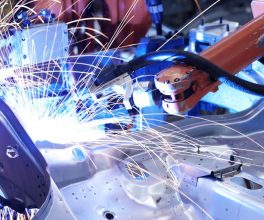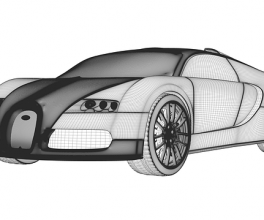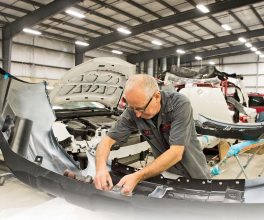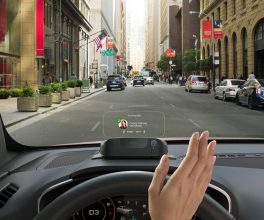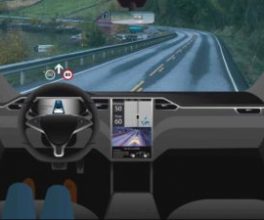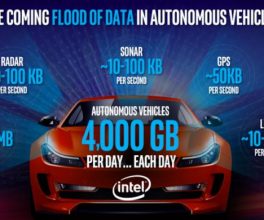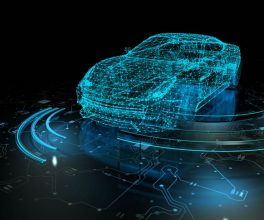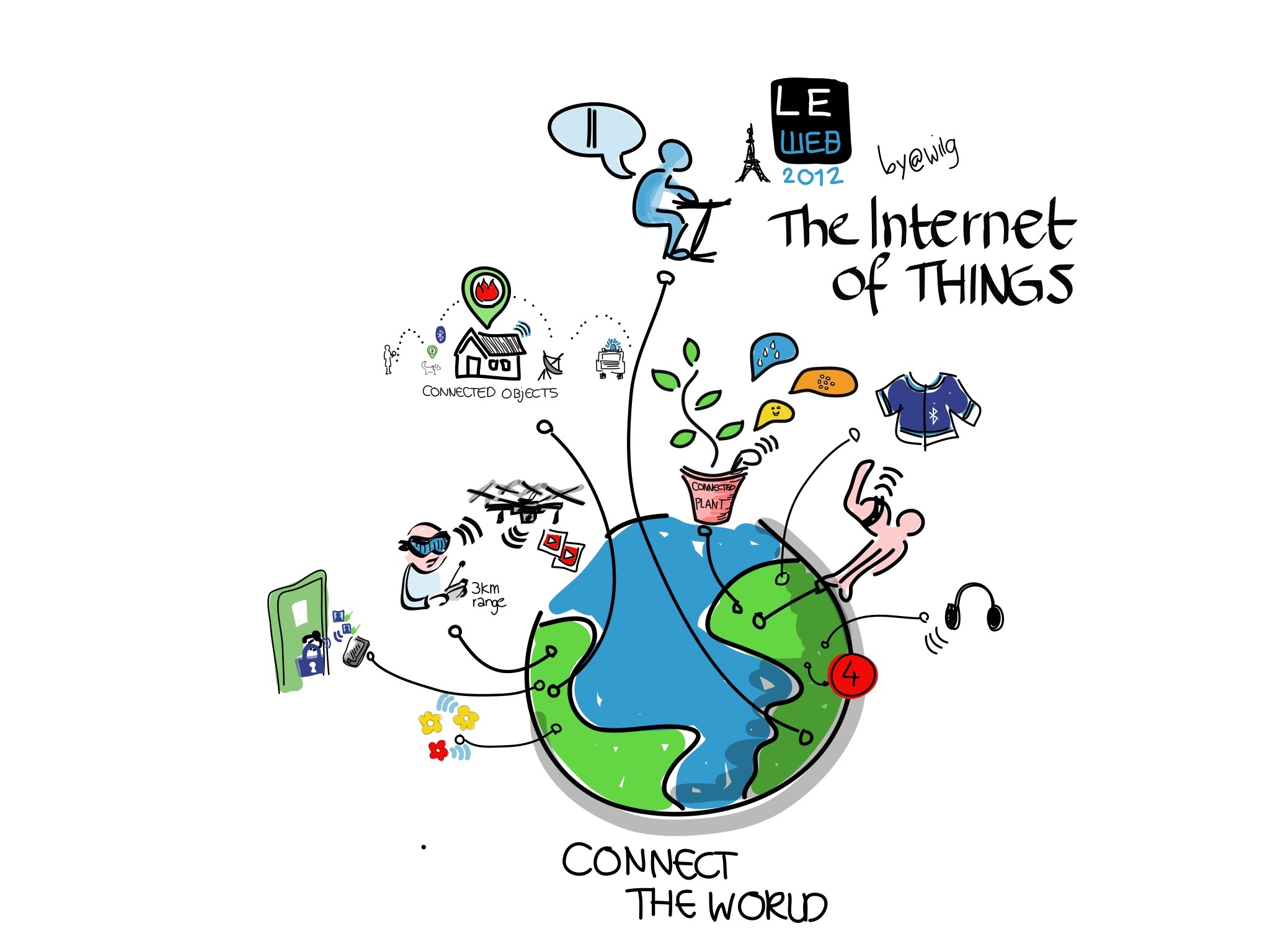Advances such as OEM built-in telematics will give fleet managers increased visibility on vehicle maintenance, providing a more detailed view of its mechanical condition. This can alert maintenance managers to the early warning signs of trouble, whether it be engine overheating, low fluids or oil life remaining.
With vehicles sharing this data in near real time, we will also see a much tighter feedback loop.
In addition to improving the efficiency of the maintenance cycle, we will see cost savings in diagnosing problems and minimising downtime.
Over time, the diagnostic data will move from just delivering data to interpreting it, and suggesting the best course of action.
2. Preparing for autonomous vehicles
We’ve already seen a huge amount of interest in autonomous, self-driving vehicles, with several of the world’s largest tech firms and car makers, including Google, Tesla, Apple, GM, Nissan, and Mercedes Benz, investing millions in this space.
Telogis says there is still a huge amount of work to be done before it becomes mainstream, but it is definitely the way things are heading.
In 2017 we will also continue to see extensive research and development in both autonomous vehicles as well as the very real need to create the infrastructure to support them.
This includes augmenting existing Advanced Driver Assistance Systems (ADAS) data. ADAS data supplements traditional two-dimensional road maps with extra information, such as the slope, curve, height and terrain of the route.
This information is particularly valuable for technologies related to autonomous driving, including predictive cruise control, lane departure warnings, collision avoidance, route efficiency and speed adaptation.
However, the company adds that we can expect ADAS to go well beyond just the physical terrain. Data being collected, recorded and used to assist drivers now includes real-time surround vision, traffic, street sign recognition and weather.
ADAS data will continue to grow, and is a prime example of the influence of big data and the IoT (Internet of Things) that is transforming the mobile workforce, says Telogis.
3. Increased compliance requirements
Businesses are getting used to operating in an industry that is becoming increasingly regulated, and 2017 will be no exception. There is new legislation under review and older mandates coming into effect, notably Electronic Logging Devices (ELDs), which had to be in use by 18 December 2016.
4. More options for OEM telematics
OEM telematics isn’t new. Back in 2011, Telogis partnered with Ford to develop telematics software on select commercial vehicles, such as the F-150. However, the company says that what we will see in 2017 is more manufacturers offering telematics hardware built-in, and for a growing range of vehicles, not just the traditional commercial models.
OEM telematics is good news for fleet owners and offers significant advantages in both ease of adoption, more detailed vehicle data and zero downtime. In most cases, new vehicles can simply be activated online and be ready for real-time monitoring within your Telogis telematics software.
Car makers are also starting to address the demand for telematics hardware by allowing for increased connectivity between mobile workers and the office.
The company says that 4G LTE (and soon to- be 5G) connectivity will be featured in many OEM telematics units to improve data connection speeds, and help mobile workers stay productive while on the road.
5. The IoT will see more focus on vehicles
We’ve been hearing a lot about IoT over the last few years, and momentum will continue to build as more everyday items become connected to the internet.
Of particular interest to fleet owners is how this will have an impact on vehicles.
With the number of registered vehicles expected to reach around 2 billion by the year 2035, Telogis says we will continue to see a large amount of research going into how they can interact with their environment, and each other.
We’re already seeing this field of research advance the development of the autonomous car, but we will also see growth in 2017 in vehicle-to-vehicle, and vehicle-to-infrastructure, connectivity.
This growth will have valuable benefits for mobile workforces, particularly those in field service industries, such as plumbers, pest control, landscapers and delivery personnel.
As the vehicles we drive get smarter, we will see previously labour-intensive or manual processes become automated and an increased efficiency in asset utilisation.
Whether its vehicle maintenance, product delivery, route planning, or dealing with traffic congestion and weather disruptions, connected vehicles will help fleets to minimise wasted miles and cut costs.

